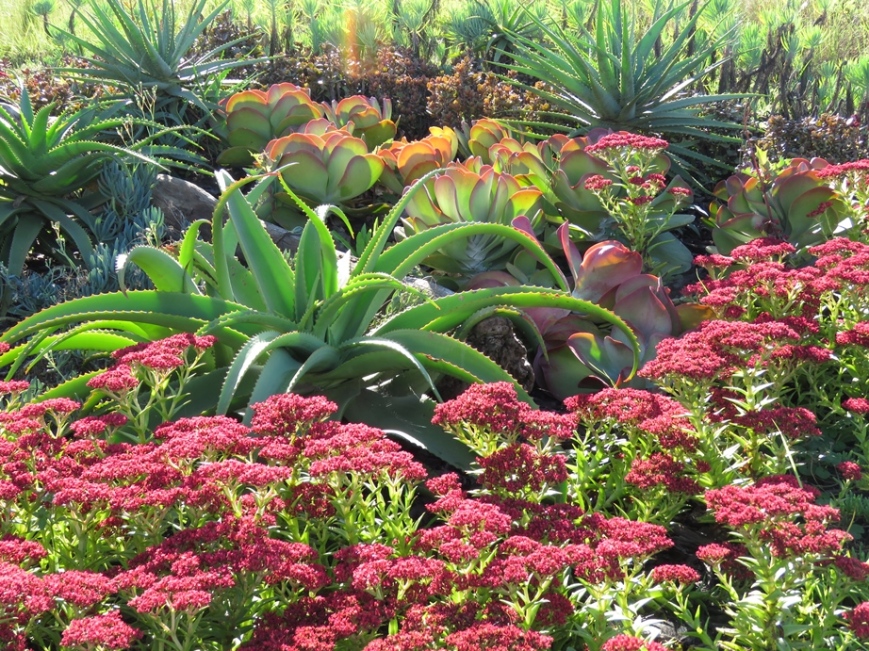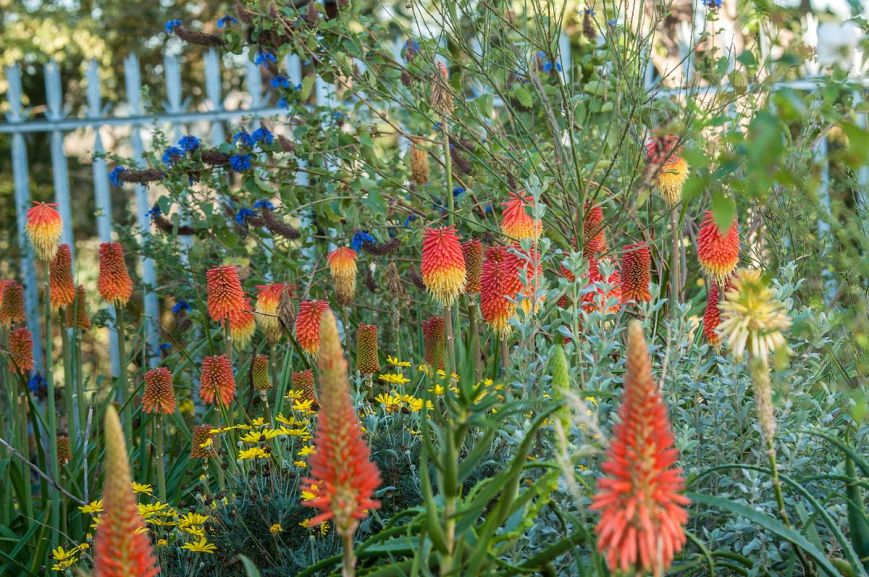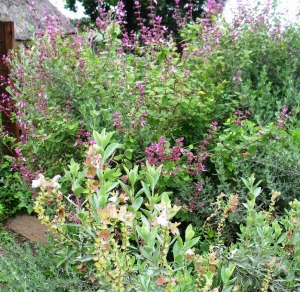 Too often, in our quest for colour in our gardens, we ignore the subtle beauty right in front of our eyes. If we care to look deeply, Nature reveals her splendour with every step.
Too often, in our quest for colour in our gardens, we ignore the subtle beauty right in front of our eyes. If we care to look deeply, Nature reveals her splendour with every step.
A slow stroll through the garden on a grey spring day reveals such beauty! Is there anything as emerald green as a Vachellia (Acacia) robusta in new leaf? Or Coddia rudis – bringing lime green light to the semi-shade of a bush clump. Ochna natalitia flashes shades of copper and pink before the leaves become their usual dark green.
See the velvety lilac buds of Combretum molle showing such softness against a grey striated bark. The copper satin- like new foliage and pink stems of Vachellia ataxacantha give no hint of its fierce thorns. The orange and yellow young leaves of Hippobromus pauciflorus take this little-used tree into the realm of extraordinary.
Gardens which are a riot of colour (alas often the all exotic seasonal examples we see in magazines particularly the overseas ones) maybe gorgeous to look at but I ask the question – are they peaceful? Do they provide rest for the eye? And of course … most important for me do they provide habitat?
Food for thought.



